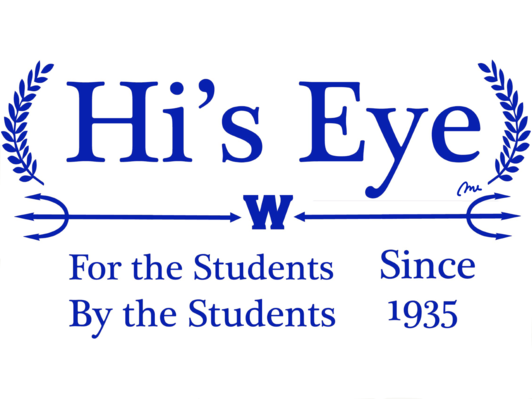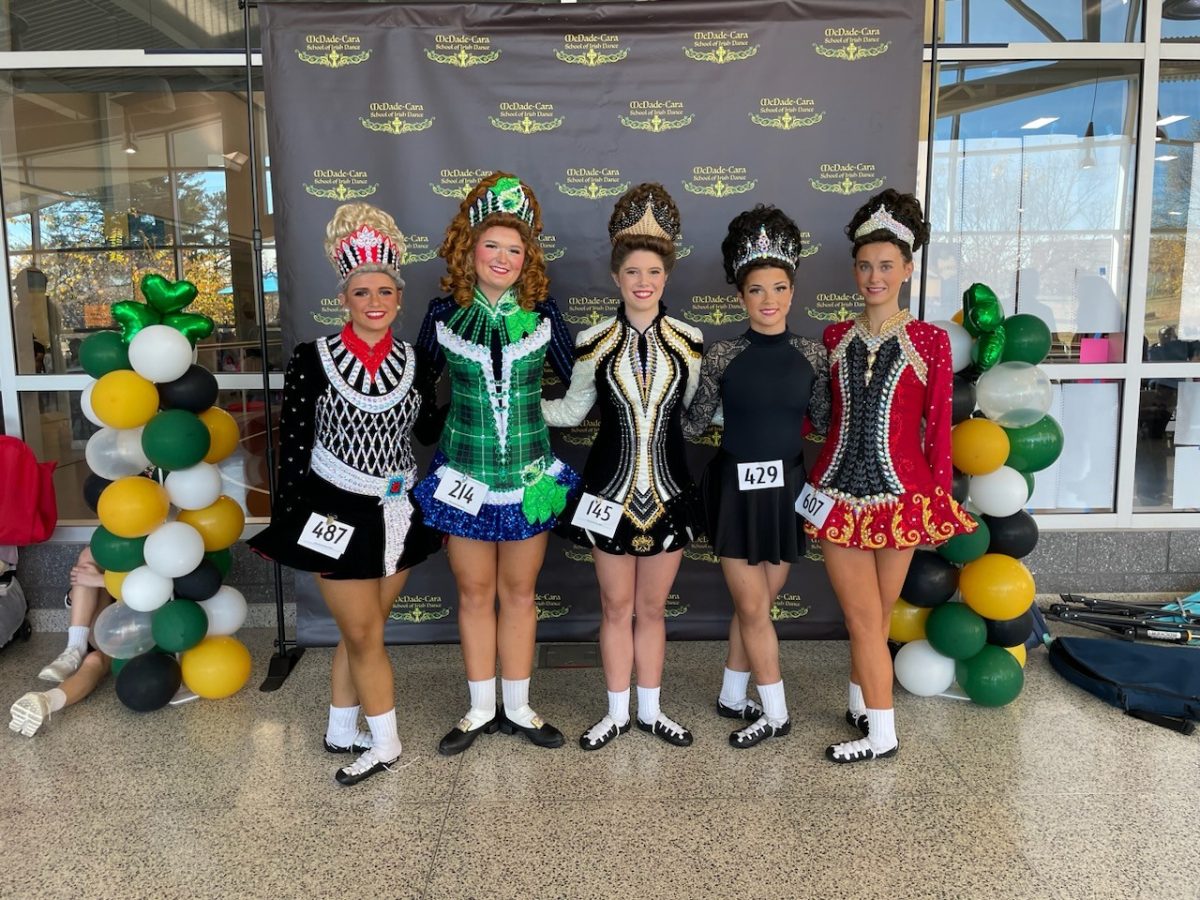Every year, St. Patrick’s Day comes with images of shamrocks, pots of gold and parades crowding the streets. Along with the lively celebration of the holiday comes traditional Irish dancing. While many people associate Irish dancing with Michael Flatley and Lord of the Dance or a caricature of a leprechaun flailing his legs around, a closer look will reveal a sport with deep cultural roots that has evolved to reach every corner of the world.
In Westfield, the sport is incredibly popular, with 4 Irish dance schools within 10 miles. Senior Dahlia Pantalena has been dancing since she was 7 years old and has competed on national and international levels, including placing 17th in North America and 63rd in the world. “It’s really awesome to have a community at the school, even though we go to different dance schools and compete against each other, it is something that we can bond over,” said Pantalena. “Dance has given me some of my best friends and memories, and has turned me into the person I am today.”
Irish dance can be traced back to the ancient Celtic Pagans, who danced in circular formations during worship. Although there are debates over why Irish dancers keep such a rigid upper body, many believe it started due to English occupation and cultural suppression of Ireland. Some stories say people would dance behind bars and hedges and keep their arms straight to hide the fact that they were dancing. Another story tells of Irish dancers refusing to raise their arms to the queen after being called to perform for her. It wasn’t until 1994, when an intermission act at Eurovision featured traditional Irish music and Michael Flatley, that Riverdance would introduce Irish dance to the rest of the world and mark the beginning of this international phenomenon.
Irish dance, as it is known today, has strayed far from its traditional modest roots. Competitive Irish dance is all about the look, including large, curly synthetic wigs, stage makeup accompanied by a dark tan and a blinged-out dress. These dresses can be adorned with Swarovski crystals and lavish fabrics and embroidery costing upwards of $3,000. “Solo dresses are unique to everyone and it’s a way for the dancer to express themselves on stage,” said senior dancer Suzanna Rogers. “They help to stand out onstage and bring attention to the dancer.”
Science Teacher Molly Dennis is no stranger to the world of competitive Irish dance; she is what some would call a “dance mom.” “My mom always wanted to put me into Irish dance, and my oldest daughter decided on a whim that she wanted to try it, so that’s how we got into it,” said Dennis. “I think people see the makeup, the hair and the dresses and dismiss it, but it is so much harder than people think.”
Although the spotlight only shines on Irish dancers during the St. Patrick’s Day season, it is so much more than a party trick. It takes endless hours of training and requires peak physical fitness and agility. “I think if people saw what we do and the work that goes into it behind the scenes, they’d see just how hard it is,” said Pantalena. “It takes over your life.”

